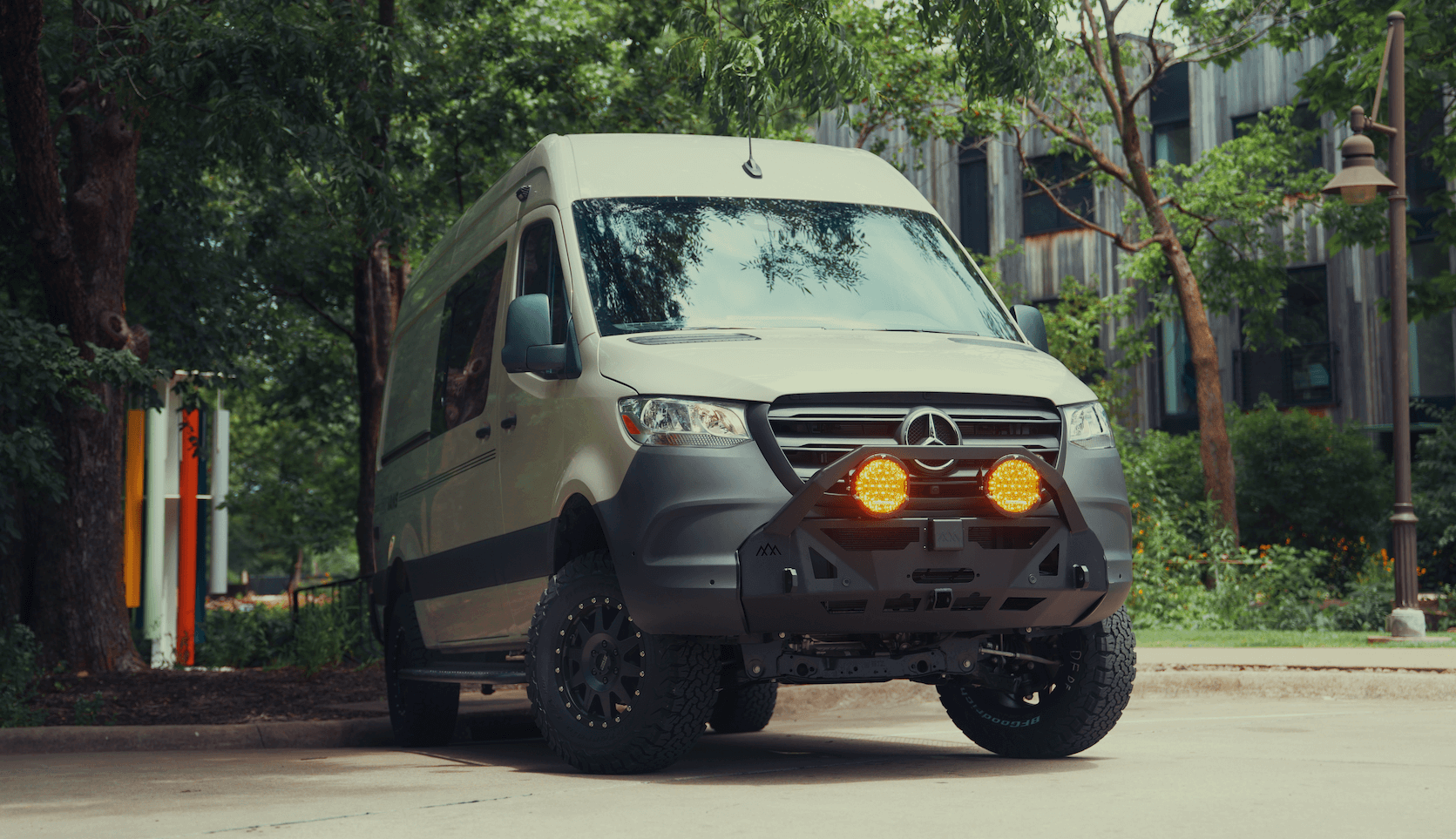Recreational Vans

Choosing the best phone plan for van life starts with one truth. Coverage matters more than clever plan names. Days on the road mean shifting between cities, small towns, and public lands. A workable setup usually blends strong nationwide coverage, enough hotspot data for real work, and flexibility to pivot when you roll into a weak signal area.
Most full time travelers carry two lines on different networks to reduce dead zones. Think of it like a spare tire for your connectivity. When one carrier falls flat in a canyon or pine forest, the other often grabs a usable signal. You can keep costs in check by mixing one premium line with a budget MVNO on a different network.
The core players run the physical networks while MVNOs rent access. Premium lines on the main networks tend to get higher priority in busy areas, which can make the difference in national parks or crowded weekend destinations. An MVNO can still be smart money in towns and along highways, but test it against a second carrier before committing fully.
Rural travel often rides on LTE more than 5G. Look beyond the big 5G labels and check the carrier LTE coverage maps along your routine routes and bucket list trails. Talk to travelers who frequent the same regions. A campground review site or local trail forum can be more honest than a glossy map.
Deprioritization and throttling are not the same. Deprioritization slows your speed when towers are busy, then speeds return when demand eases. Throttling is a hard cap after you pass a set amount of data, and it stays slow until the next cycle. Read the fine print on both for phone data and hotspot data, since the rules often differ.
Estimate your monthly data by activity. Navigation and messaging are light. Video calls and file sync for remote work can be heavy. Streaming in high resolution will burn through hotspot buckets fast. If you only need light work and social updates, a single premium line may be enough. If you host meetings or upload media while boondocking, a second carrier can save the day.
Hotspot data is the number that matters for laptops and tablets. Many plans list unlimited phone data but restrict hotspot use after a threshold. Some plans allow a good chunk of high speed hotspot and then drop to a slower but workable speed for basic tasks. Others cut to a crawl that will not load a map tile. Know your tolerance.
International travel adds another layer. If you cross into Canada or Mexico, confirm data allowances and daily pass costs. eSIM can make short term international plans painless. You scan a code, add a regional data plan, and switch it on when you cross a border.
There is no single best plan for every van. There is a best combo for your routes and your tasks. One proven approach is a dual carrier strategy. Carry one premium line for priority and one value line on a different network for reach. Put the premium line in your phone and the backup in a router or spare handset for hotspot duty.
eSIM makes carrier swaps easy. Many phones and routers support multiple eSIM profiles. You can park a couple of plans on one device and turn them on as needed. When a region favors a certain network, activate that profile for the month and pause the other to control cost.
Safety features are worth a look. Roadside areas can have enough signal for texts but not calls. Wi Fi calling on your phone can place calls over a router hotspot in those moments. Enable location sharing with a trusted contact when you head off the grid. Keep an eye on battery health so your lifeline does not die when you need it most.
OZK Customs outfits builds with clean power systems and wire management that support routers, external antennas, and satellite gear, so your chosen plan works harder on the road. When the rig is ready for long miles, connectivity becomes simple instead of stressful.
Your travel plans should drive your tech, not the other way around. If you want a van built to keep work calls steady and maps online in the backcountry, talk with our team. Explore Recreational vans by OZK Customs, learn our Custom build van process, or browse Mainstream vans that finance. We will design a connected cabin that turns your phone plan into a reliable road partner.
Ready to make your rig truly connected? OZK Customs integrates clean power, antenna ports, and optional Starlink routing into custom vans so your plan actually performs on the road. Tell us how you travel and we will design the right connectivity package inside a build that fits your lifestyle. Start your custom quote now.
ADDRESS:
6159 E Huntsville Rd, Fayetteville, AR 72701
PHONE:
(479) 326-9200
EMAIL:
info@ozkvans.com